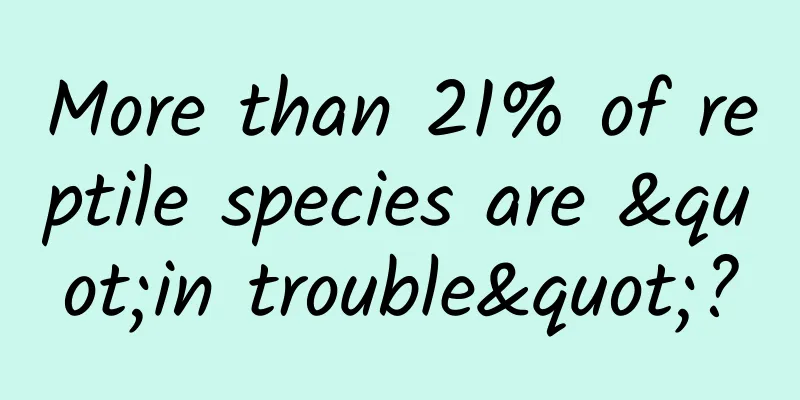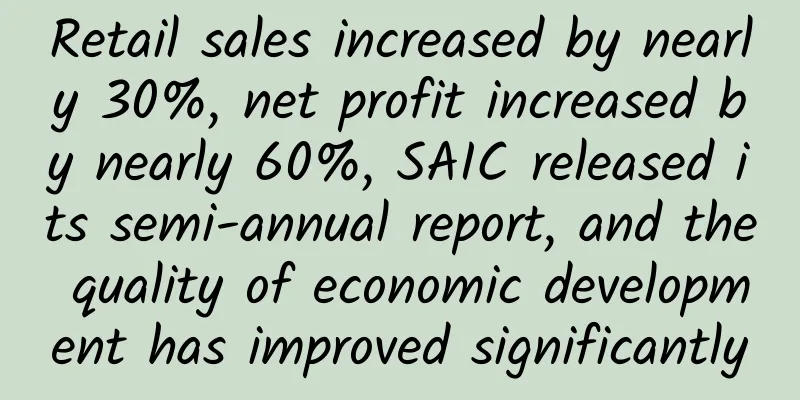More than 21% of reptile species are "in trouble"?

|
Science and Technology Daily reporter Zhang Mengran A study recently published in the British journal Nature conducted a comprehensive assessment of more than 10,000 reptile species worldwide and found that more than 21% of species are at risk of extinction. The results show that urgent conservation actions are needed to prevent some reptiles from going extinct, including many crocodiles and turtles. Researchers have conducted comprehensive extinction risk assessments for birds, mammals, and amphibians, but there has been no comprehensive assessment for reptiles. Until now, conservation strategies for reptiles have relied on the ranking and distribution of other animals on the International Union for Conservation of Nature (IUCN) Red List to guide relevant policies and action priorities. A team of American public welfare natural scientists classified reptiles using the levels of the IUCN Red List to assess the extinction risk of reptiles worldwide. Among the 10,196 assessed species, they found that at least 1,829 species were at risk of extinction (divided into vulnerable, endangered, and critically endangered at different levels). Crocodiles and turtles are among the most vulnerable species to extinction, with 57.9% and 50.0% of species endangered, respectively. The research team pointed out that factors such as agriculture, logging, urban construction, and invasive species are all sources of threats to reptiles, but they said the threat posed by climate change remains unclear. While reptiles in arid environments had been predicted to be most at risk (where reptile diversity is high), the researchers found that forest-dwelling species were at greater risk, perhaps because forest reptiles are more exposed to specific dangers. The researchers note that many of the threats facing reptiles are similar to those facing other animal groups, and suggest that conservation measures to protect these populations, including habitat restoration and invasive species control, may also benefit reptiles, but they caution that urgent conservation action is needed to prevent some reptiles from going extinct. Source: Science and Technology Daily |
<<: “I’m autistic again”… What are real autistic people like?
Recommend
“WeChat ban” is an obstacle that Chinese Internet companies cannot avoid
In the past two days, Wang Xin, Luo Yonghao and T...
1U server hosting configuration price, what size parameters are related to server hosting?
1U server hosting configuration price, what size ...
“Experts are advised not to give advice”, does it really make sense?
Not long ago, #It is recommended that experts do ...
1G bandwidth app server rental and hosting?
1G bandwidth app server rental and hosting? In th...
Planning a trip during the holidays? Here is a guide to outdoor activities safety
More and more people Pursue the fun and excitemen...
Are there any places to enjoy tea in Ningbo? Does anyone have any recommendations for specialty teas?
Ningbo Tea Studio recommends high-end tea SPA in-...
How much does it cost to customize a small business program in Qiandongnan?
In order to better penetrate into various industr...
Android M system in-depth hands-on
Google released the Android M developer preview a...
Recognize noise with a discerning eye and draw it!
What is noise? Whatever you think it is. Noise is...
Huadu WeChat ordering mini program development, how much does it cost to develop a food ordering mini program?
Nowadays, many offline businesses are trying out ...
ASO promotion tips: Do not abuse keywords in app titles and descriptions
App Store Optimization (ASO) is a set of techniqu...
How much does it cost to rent a broadband server in Zhejiang?
How much does it cost to rent a broadband server ...
XGIMI Z4 Air smart micro-projector review: a great sharing tool you can carry with you
Smart micro projectors, to some extent, are a sub...
Premature aging exists in real life. Once it occurs, it is a disaster.
When you are busy with work and in a bad mood, it...
I sweated a lot for a month and gained two kilograms. Please be polite and don't come here in summer.
I once heard this saying: "Sweat is the tear...









